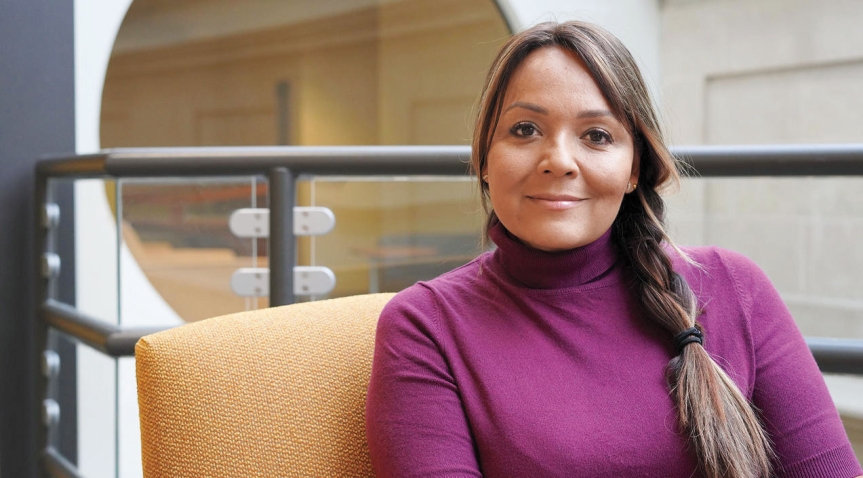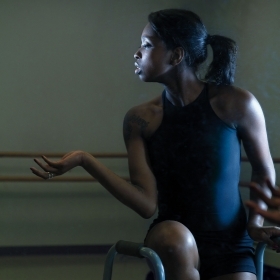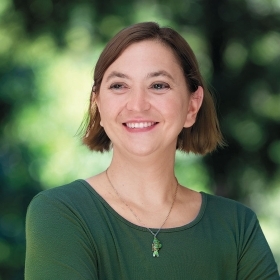Bridget Arrow Baker came to Wellesley last fall as the new director of Accessibility and Disability Resources (ADR). Baker has 15 years’ experience working in higher education with students with documented disabilities. She holds an Ed.D. in counseling psychology and an M.S. in educational psychology and has extensive knowledge of current disability law. She spoke with Catherine O’Neill Grace, senior associate editor, about her first months on campus.
Grace: Wellesley can be a difficult campus to navigate—all those stairs! How are you thinking about physical accessibility?
Baker: They designed this place to be built on the tops of hills. In terms of conservation and thinking about the environment—how wonderful. But how would [those architects] think about the buildings now? As I navigate myself through the world as an Indigenous woman, I think in the Native American terms of seven generations. How can we honor and respect those that blazed the trail before us, and now bring this place forward another seven generations? How can we be forward thinking and honor the architecture, but make [the buildings] accessible for our students now? It has to be done thoughtfully, one building at a time, one space at a time, while thinking about what accessibility really means.
What does accessibility mean in that context?
Our students now are way more conscious of diversity, equity, and inclusion. DEI has brought a different lens for looking at accessibility. Accessibility isn’t just thinking, “OK, we’re meeting the law, we’re providing an accessible entrance and exit.” That’s not the way this generation thinks about it. Our students today are thinking, “I want equal access, I want to level the playing field.” What does a real accessible classroom look like? We’re not just thinking about an entrance. We’re thinking about the furniture, we’re thinking about accessibility in terms of technology. There’s a difference between my being able to go through the front door with my peers or my having to go all the way around to the back door of the building.
Have students been seeking you out?
Within the first month and a half, we met with over 300 students. We now serve over 600 through the ADR. So word has definitely spread that we’re here. And we’re receiving a lot of fantastic feedback from the students. We’re hoping that as the dust settles, we’re going to be able to provide more programming, work more with faculty, and also with students who might not know that they have a learning difference. In a high-performing college such as Wellesley, many students have pushed themselves into success. And now that they’re here, things aren’t working for them, and they’re just astounded by that fact. They might be served by getting testing for a learning difference. We want to make sure that we’re getting the messaging out there to provide support for students to get tested.
In addition to adjustments for learning differences, what kinds of accommodation are you helping students receive?
We have many different types of accommodation. If we think about dietary needs for students, they might have access to the celiac room, they might have access to a kitchen to prepare food for themselves. It might mean being nearer to an elevator, or it might be being on a ground-level floor in the residence hall. It might be having assistance if there is a fire alarm. It might be having an emotional support animal.
What challenges have you come up against at the College?
I wish that we had longer days!







We ask that those who engage in Wellesley magazine's online community act with honesty, integrity, and respect. (Remember the honor code, alums?) We reserve the right to remove comments by impersonators or comments that are not civil and relevant to the subject at hand. By posting here, you are permitting Wellesley magazine to edit and republish your comment in all media. Please remember that all posts are public.